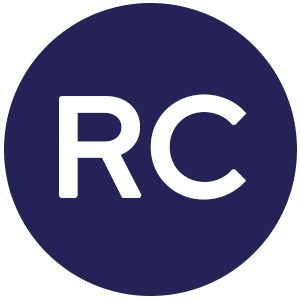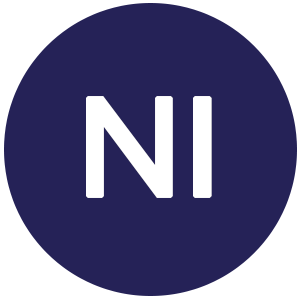Hospitals are not immune from the market forces driving the “Great Resignation” across the country. The issue is so acute for health care organizations that staffing is listed first in this breakdown of challenges facing the industry, prepared by Think Consulting. The report lists usual suspects like compensation and burnout-reduction as ways to improve staff recruitment and retention. But it also suggests this: “Increasing automation to eliminate manual administrative and clinical work and save time for patients and staff.”
This is where a room-level real-time location system (RTLS) like Cognosos can provide additional value. By automating several processes in the mobile equipment lifecycle, RTLS can help hospitals ensure clean items are available when front-line staff needs them, deploy human resources more strategically and meaningfully, and properly manage personal protective equipment (PPE) so that workers can continue to perform their duties safely.
Making clean hospital equipment available, all the time, everywhere
When a nurse or other hospital staff member needs a piece of medical equipment for a patient and can’t find it, their stress level elevates. Then they pass that stress along to the hospital’s biomed team when they place a frantic call to central storage saying they need a bladder scanner, stat. Alternatively, staff may start hoarding equipment to ensure they have what they need when they want it – perpetuating the missing-equipment conundrum.
The culprit in many of these situations is an antiquated, manual system where staff physically walk the halls to check on and replenish clean storage rooms or empty soiled storage rooms. Even in small hospitals, this is a laborious process that can present a large margin for error. Cognosos’ ProPARTM (periodic automated replacement) feature-set is designed to address that specific issue, allowing hospitals to automate those processes and ensure equipment is always cleaned and available where and when your staff needs it.
Related post: How ProPAR enables higher staff efficiency – and morale.
Deploying hospital staff more strategically and meaningfully
Bottlenecks can happen in different parts of your hospital’s equipment workflow at different times of the day, the week, or the year. But if your hospital is still using manual processes to monitor equipment levels in each clean and soiled storage room on each wing and floor of your hospital, you’ve got no real way of predicting when and where those bottlenecks will pop up.
The result? You may have staff doing a lot of meaningless walking around your hospital, checking in on storage rooms that are appropriately stocked, and neglecting other rooms that are in desperate need of attention. That’s a lot of wasted time and energy.
Again, this is where Cognosos’ ProPAR technology can help. With ProPAR, you can assign minimum PAR levels for clean storage rooms and maximum PAR levels for soiled storage rooms across the hospital. Then, when those levels are reached, the system will automatically send notifications to the appropriate staff, letting them know what action they need to take to restock or empty storage areas.
In addition, your RTLS administrator can track PAR trends for each storage room over time, making changes in your equipment staff’s schedule to ensure storage areas are properly maintained while eliminating staff meandering aimlessly for hours at a time.
Related post: How RTLS can help hospitals direct staff to where they’re needed most.
Ensuring proper management and availability of PPE
The need for powered air-purifying respirators (PAPRs) and controlled air-purifying respirators (CAPRs) among front-line hospital staff remains strong, as new variants and subvariants of SARS-CoV-2 keep popping up seemingly every few months.
Although some pieces of these systems are disposable or belong to individual staff, many components are hospital property and must be shared among staff. Keeping these pieces clean and ready for use is allows doctors, nurses, and other front-line workers to know they’ll be protected from COVID as much as possible as they treat their patients. But managing these items so isn’t always easy.
To solve this problem, hospitals can tag the shareable components of PAPRs and CAPRs in an RTLS like Cognosos so that they can be tracked. That gives the hospital visibility into how quickly this essential equipment is cleaned and returned to service, allowing for adjustments in that workflow if necessary. Making sure that PPE is always available to nurses, doctors, and other medical staff demonstrates the hospital prioritizes their welfare as the pandemic churns through another year.
Related post: How RTLS can improve PAPR and CAPR workflows
The bottom line is that hospital staff — be they physicians, nurses, medical assistants, equipment managers, or custodians — have been stretched far beyond their means for far too long.
Ongoing frustration with the availability of mobile or protective equipment is just one of many factors that can play into whether hospital employees choose to stay or leave their positions. But it’s one less frustration that they need to deal with if their hospital takes advantage of the automation power of Cognosos RTLS.
And in the era of the Great Resignation, hospitals can use any advantages they can get.
Want to learn more about how Cognosos RTLS can save your hospital time, money, and resources? Get our guide which unpacks why healthcare facilities should take a fresh look at real-time asset intelligence.



